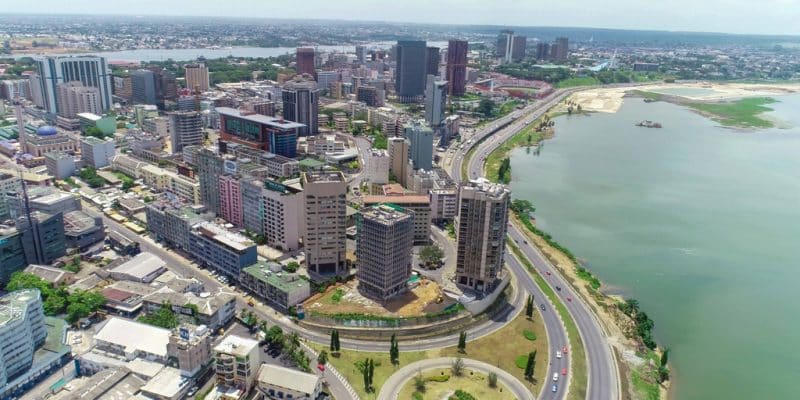After a decade of work, Ivory Coast's energy policy seems to be bearing fruit. Between major responsible hydrocarbon projects and renewable energies, the country is preparing its transition.
On Monday 28 August, the Ivorian company Petroci and its Italian partner Eni announced the start of operations at the Baleine field. Discovered in 2021 and located in the Gulf of Guinea off the coast of Assouindé, this field is the country’s largest hydrocarbon discovery and is particularly rich in oil and natural gas: the latest estimates predict a capacity of 2.5 billion barrels of crude and 3,300 billion cubic feet of gas. In detail, a floating unit has already been commissioned and can currently process 15,000 barrels of oil a day. Output will increase from 2024 onwards, with a final target of 150,000 b/d.
Although Baleine is a fossil fuel deposit, the two companies want to emphasise the use of state-of-the-art techniques and technologies that will considerably reduce the carbon footprint of hydrocarbon exploitation, with a view to preserving the environment. The remaining incompressible carbon emissions will be offset by Eni’s commitment to Ivory Coast to invest in offsetting initiatives such as “the supply of improved stoves to local communities that eliminate the consumption of wood or charcoal for cooking” and research projects aimed at protecting 380,000 hectares of forest.
A deposit that strengthens Ivory Coast’s already solid energy capacity
Baleine is the fifth deepwater hydrocarbon block to be jointly exploited by Petroci and Eni. Developed with a European partner that has been present in Ivory Coast since the 1960s, this project aims to strengthen the country’s energy autonomy and its domestic market. Other oil companies, such as Total and Tullow Oil, have also announced hydrocarbon discoveries that should enable Ivory Coast to strengthen its position as one of Africa’s leading oil exporters in the coming years.
By consolidating its raw material supply structures, Baleine is also enabling Ivory Coast to bolster its role as a leading regional energy power in West Africa. The country has become one of the most electrified in the region, with 94% of households connected to the grid by 2023, compared with 34% 12 years ago. It is also playing a role as a regional energy hub, exporting 10-20% of its electricity production to its neighbours (Ghana, Burkina Faso, Mali, etc.), according to World Bank estimates.
Ivory Coast, a country in the midst of an energy transition
Thanks to the reliability of its network, Ivory Coast is now one of the few African countries that can already envisage an energy transition towards a more virtuous mix. The aim of operating the Baleine field with zero emissions is part of the government’s energy transition strategy, whose roadmap, unveiled in March 2022, aims for a virtuous energy mix by 2030, based on a sharp reduction in greenhouse gas emissions (-28%) and greater use of low-carbon energies (42%).
The roadmap – known as the National Renewable Energy Action Plan (PANER) – also includes plans to double the country’s electricity generation capacity, from 2,229 to 4,663 MW by 2030. To achieve this, major industrial investments are planned, including the construction of a floating solar power plant on the retention lake of the Kossou dam, as well as the Aboisso biomass power plant, designed by the Ivorian company Sifca and the French company EDF, and fuelled by agricultural residues.
Finally, other major investments are underway, such as the construction of the Azito IV and Ciprel V thermal power stations and a hydroelectric dam at Gribo Popoli. These major public-interest projects are supported by a willing private sector, as demonstrated by the work carried out by Azito Energies in 2013 to create Africa’s first combined-cycle gas power plant. This rather effective public-private cooperation means that Ivory Coast is optimistic about achieving the objectives of the NREAP.







